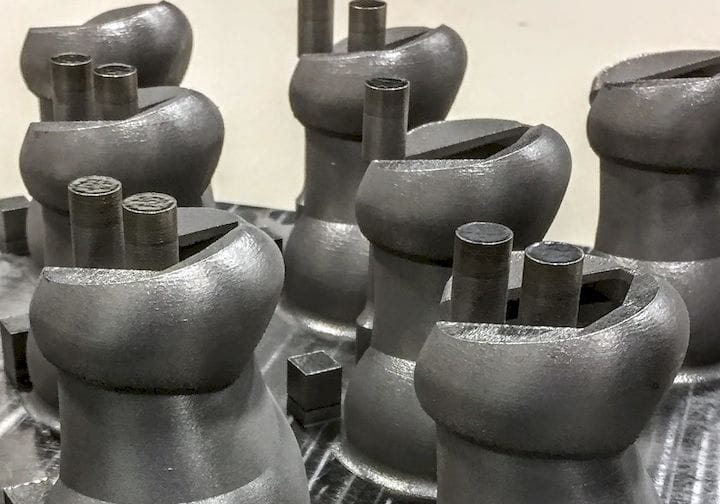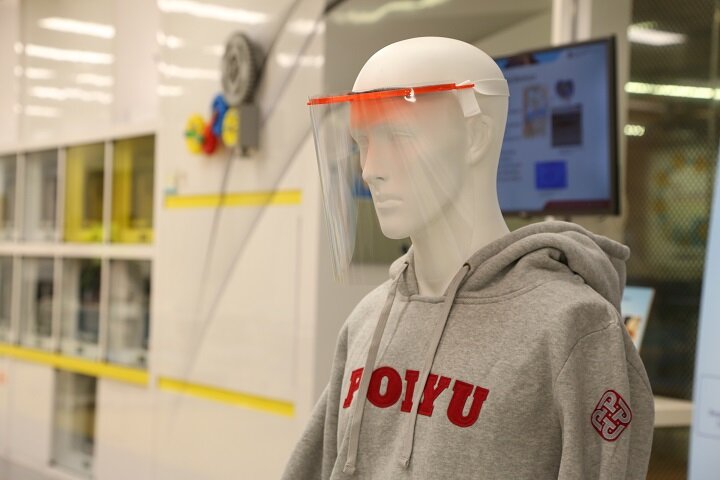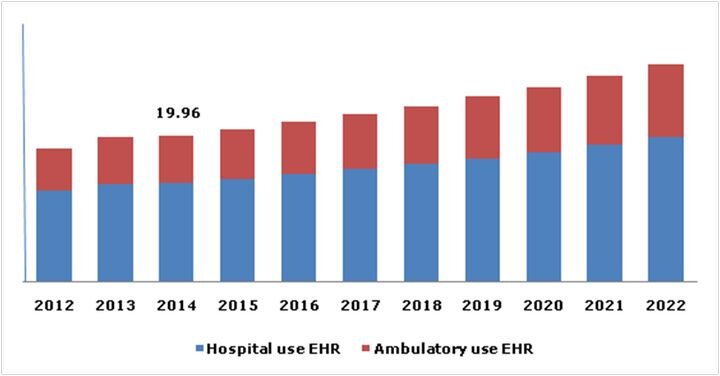![3D printed medical implants [Source: Fabbaloo]](https://fabbaloo.com/wp-content/uploads/2020/05/image-asset_img_5eb097a081994.jpg)
Health Canada has issued official guidance for producers of 3D printed medical implants.
When they say “Guidance” it is just that; it is not “the law”, but is a statement of expectations of the government in the area proscribed. Thus anyone attempting to market 3D printed implants of any sort in Canada should probably adhere to these guidelines.
Of course, most Fabbaloo readers are not located in Canada, and this guidance does not apply. However, it is still quite useful to many.
The process of developing medical implants, as we’ve said in the past, is a grueling matter. Not only must you produce the prints in correct materials and geometries, but you must meet extremely stringent quality control standards. There are ISO-level standards one must meet for medical implantation, and likely more to be developed in coming years.
However, with the general increase in use of 3D printing for many applications, it is highly likely there are startup companies — or pre-startup companies — that are considering some form of 3D printed medical implantation application. For them, this guidance is gold.
A skim through the busy document shows what governments are particularly interested in having a company demonstrate: and that is quality control. They specify a large number of activities that should be considered for proposed medical implants, including:
-
Certification to relevant ISO and other industry standards
-
Preclinical Studies
-
Shelf life stability
-
Software verification and validation
-
Biocompatibility tests
-
Animal studies
-
Clinical studies
-
Post-printing processing, cleaning and sterilization
-
Device labels, package labelling and documentation
-
And more.
Bringing a 3D printed medical device for implantation is a very serious matter and will require considerable effort to legally achieve. Even when achieved, you may have to do it all over again if you hope to enter another country’s market, as they may have similar guidance and standard requirements to meet before you can sell products.
While there is obviously a desire to leverage the technology as fast as possible to provide medical benefits, there are good reasons for having all this work take place before sales, and they are all about safety. There is nothing more precious than health and life, and that’s what all these studies and verifications attempt to ensure.
The result is producing items as fast as possible means also doing the verifications. That’s part of the job on the road to 3D print deployment in medical applications.
Via Health Canada











FELIXprinters has released a new bioprinter, the FELIX BIOprinter, which is quite a change for the long-time 3D printer manufacturer.